Building a home is a massive investment, but unfortunately, some builders take shortcuts to save time and cut costs—leaving homeowners with expensive repairs down the line. While these construction shortcuts may not be noticeable at first, they often lead to structural failures, water damage, energy inefficiencies, and even safety hazards. What seems like a minor oversight during the building process can quickly become a costly nightmare for unsuspecting homeowners. From poorly compacted soil to substandard electrical work, these construction shortcuts can result in major repairs that cost thousands of dollars. If you’re planning to build or buy a home, knowing what to watch out for can help you avoid these pitfalls.
1. Improperly Compacted Soil

When builders fail to properly compact the soil before laying a foundation, the results can be disastrous. Poorly compacted soil can shift over time, leading to foundation cracks, uneven floors, and even structural failure. According to The National Association of Home Builders, foundation issues caused by soil movement are among the most expensive home repairs, often costing homeowners tens of thousands of dollars. Unfortunately, some builders rush this critical step to speed up construction, leaving homeowners to deal with costly consequences later.
In regions with expansive clay or sandy soils, the problem is even more pronounced. Without proper compaction, water infiltration can cause the ground to swell or sink, leading to significant structural damage. Homeowners may start to notice cracks in walls, sticking doors, or sloping floors—all signs that the foundation is shifting. Repairing these issues often requires extensive work, such as underpinning the foundation or installing piers to stabilize the home.
2. Insufficient Insulation

Skipping or skimping on insulation is a common shortcut that leads to long-term problems. Poorly insulated homes suffer from extreme temperature fluctuations, higher energy bills, and even moisture-related issues like mold growth. According to Energy Star, a home with inadequate insulation can lose up to 25% of its heating and cooling energy, forcing homeowners to spend more on utilities. Builders looking to cut costs sometimes install less insulation than necessary or fail to insulate critical areas like attics and crawl spaces.
Over time, poor insulation can lead to discomfort and damage to a home’s structure. In colder climates, ice dams may form on the roof due to heat escaping from poorly insulated attics, leading to leaks and water damage. In warmer areas, inefficient insulation allows excessive heat buildup, straining HVAC systems and increasing wear on the home’s infrastructure. Fixing these issues typically involves adding insulation to walls, ceilings, and floors—an expensive but necessary investment.
3. Cheap Roofing Materials
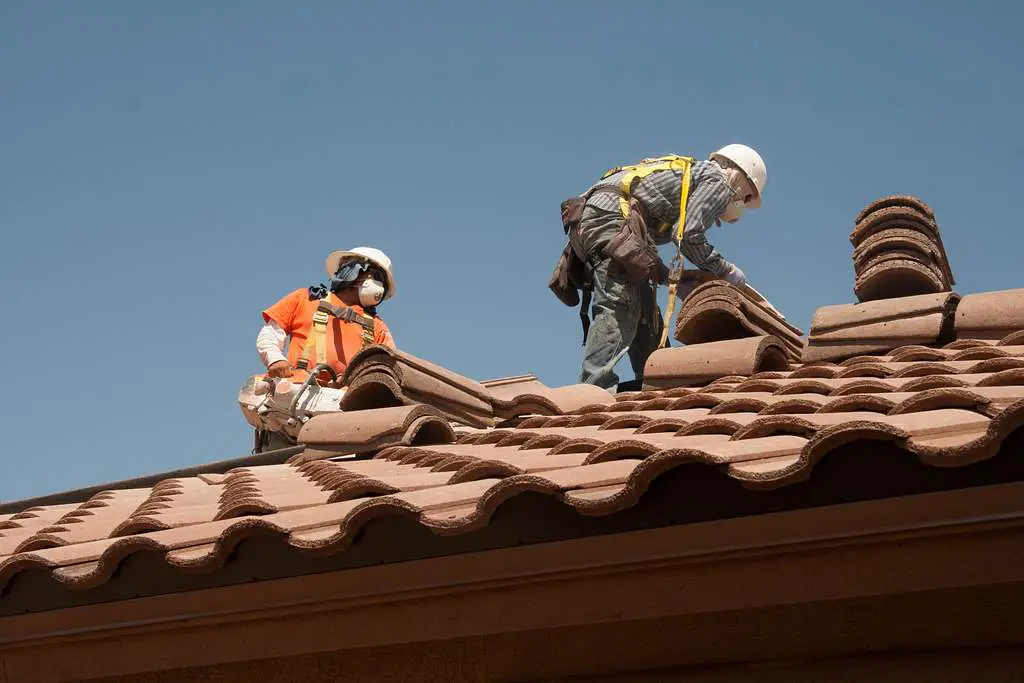
A roof is one of the most critical components of a home, yet some builders cut corners by using low-quality materials to save money. While cheaper shingles and underlayment may look fine at first, they often degrade quickly under harsh weather conditions. According to Roofing Contractor Magazine, improperly installed or low-quality roofing can lead to leaks, mold growth, and premature roof failure. In storm-prone areas, weak roofing materials can be particularly dangerous, increasing the risk of wind and hail damage.
Homeowners with subpar roofing often discover problems within just a few years of moving in. Leaks can lead to rotting wood, damaged insulation, and even structural instability. Repairing or replacing a poorly installed roof can cost tens of thousands of dollars, especially if water damage has already compromised other parts of the home. Investing in high-quality roofing materials and proper installation from the beginning can prevent these costly repairs down the line.
4. Poor Drainage Around the Foundation
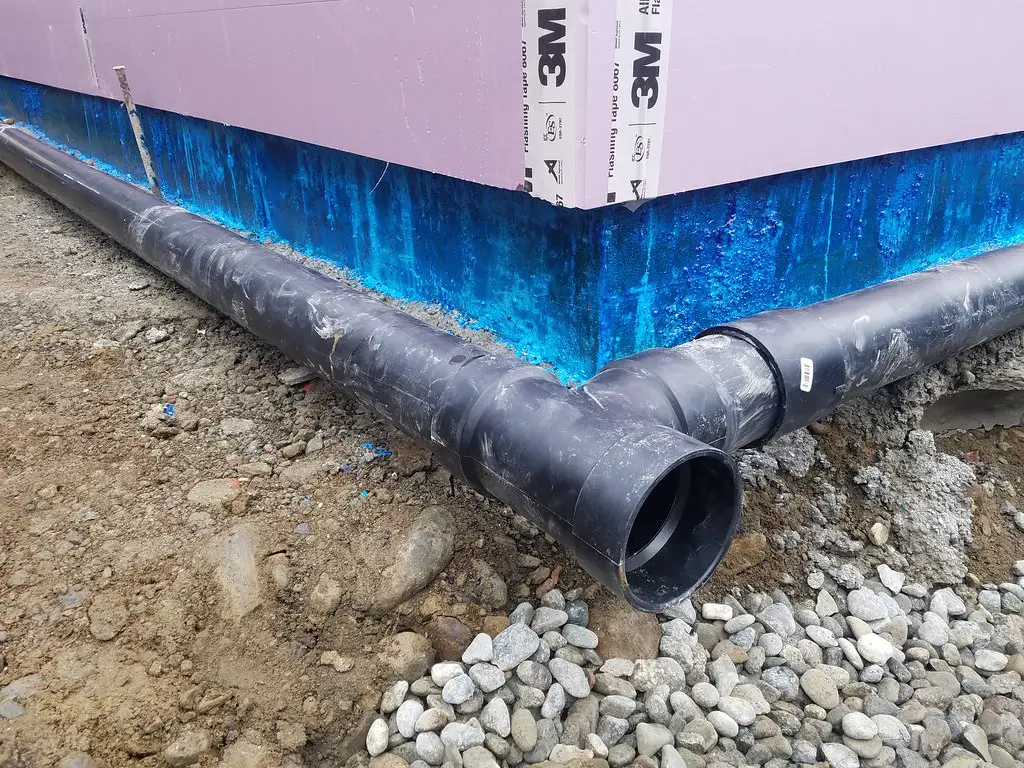
A well-designed home should have a proper drainage system to direct water away from the foundation. Unfortunately, some builders neglect this essential aspect, leading to water pooling around the home. According to The American Society of Home Inspectors, poor drainage is a leading cause of foundation damage, as water infiltration can weaken concrete and lead to cracks. Over time, excess moisture can also cause basement flooding and mold growth, creating expensive repair needs.
Without proper grading and drainage solutions like gutters and downspouts, water can accumulate near the foundation, causing soil erosion and instability. Homeowners may start to notice water stains on basement walls, musty odors, or damp crawl spaces—warning signs of serious structural issues. Fixing a poor drainage system often requires regrading the landscape, installing French drains, or adding waterproofing systems, all of which can be costly but necessary solutions.
5. Subpar Plumbing Installations

Plumbing shortcuts are among the most common construction issues that lead to major repairs. Some builders use cheap pipes or fail to secure plumbing connections properly, leading to leaks, water damage, and even mold growth. According to The Plumbing-Heating-Cooling Contractors Association, faulty plumbing is one of the leading causes of insurance claims in new homes, often resulting in costly repairs and replacements.
Hidden leaks behind walls or under floors can go undetected for months, leading to structural damage and skyrocketing water bills. Homeowners may not realize the extent of the problem until they notice water stains, reduced water pressure, or mold growth. Fixing poorly installed plumbing can be invasive and expensive, requiring professionals to cut into walls or replace entire sections of piping.
6. Inadequate Ventilation
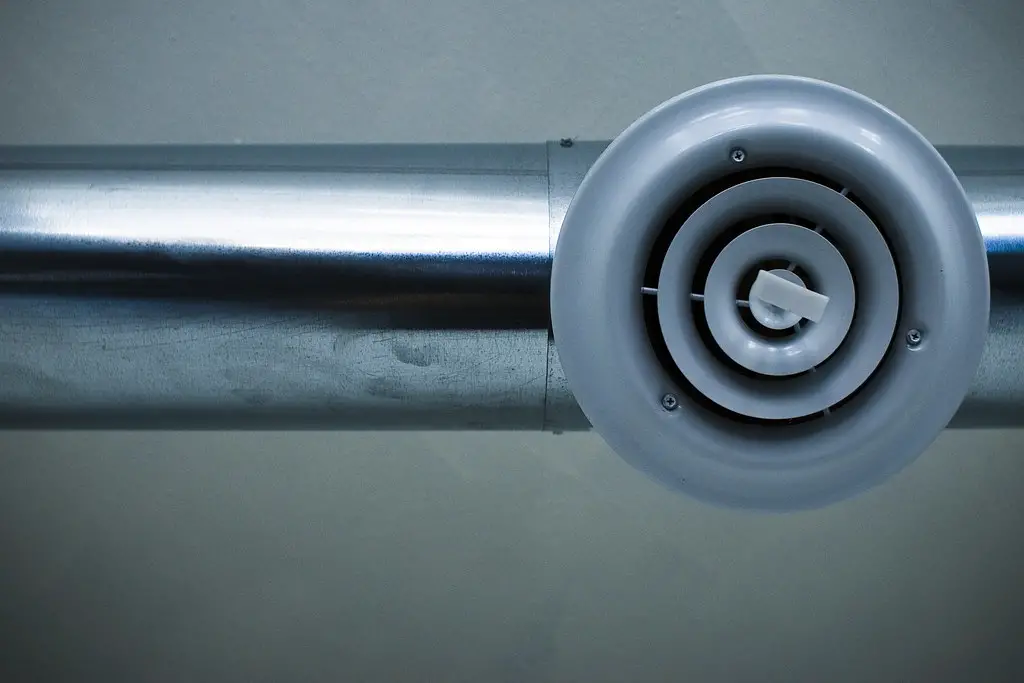
Proper ventilation is crucial for maintaining indoor air quality and preventing moisture buildup, yet it’s often overlooked during construction. Builders may install too few vents in attics, crawl spaces, or bathrooms, leading to trapped humidity and increased risk of mold and mildew. According to The U.S. Department of Energy, inadequate ventilation can also cause excessive heat buildup, straining HVAC systems and reducing a home’s energy efficiency.
Over time, poor ventilation can lead to warped wood, peeling paint, and even damage to a home’s structural integrity. Homeowners might notice persistent condensation on windows, musty odors, or worsening allergy symptoms—all signs of poor airflow. Addressing ventilation issues may require installing additional vents, upgrading exhaust fans, or improving air circulation through HVAC adjustments.
7. Weak Framing and Structural Supports
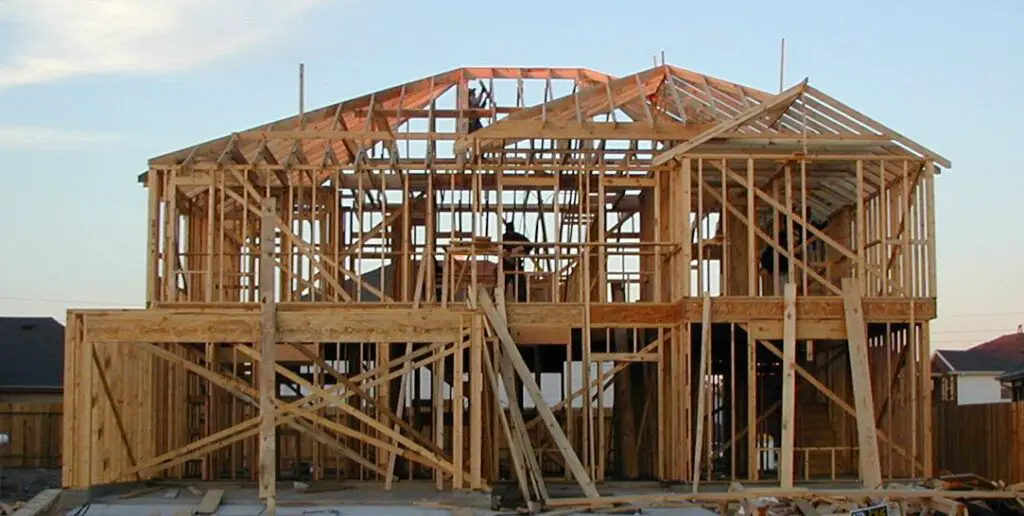
Some builders try to cut costs by using smaller or lower-quality framing materials, leading to weak structural integrity. Poor framing can result in sagging ceilings, bowing walls, or even structural failure during extreme weather. According to The International Code Council, improperly installed or undersized framing materials are a major violation of building codes and can create serious safety hazards.
Over time, a weak structure may cause doors and windows to stick, drywall to crack, or entire sections of a home to shift. Repairing structural deficiencies often requires reinforcing load-bearing walls, replacing undersized beams, or even rebuilding portions of the home. These types of repairs are some of the most expensive and disruptive, often requiring professional assessments and extensive labor.
8. Substandard Electrical Work
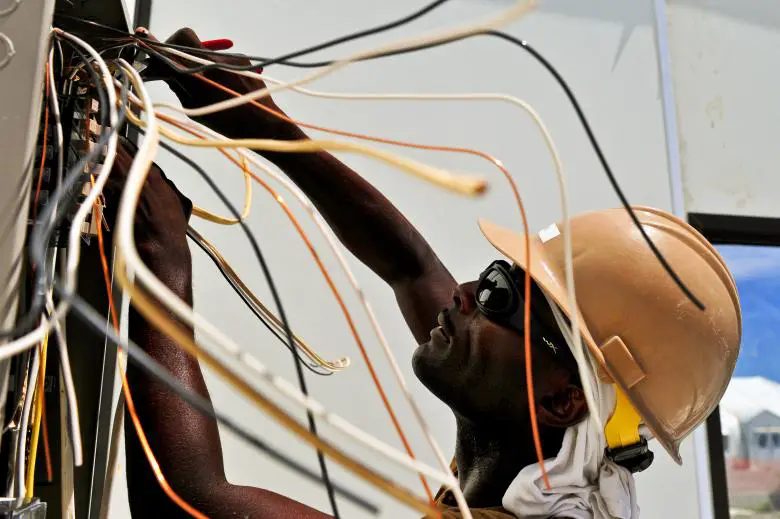
Electrical shortcuts can create significant safety hazards, including fire risks, power outages, and overloaded circuits. Some builders use undersized wiring, fail to properly ground electrical systems, or install outlets incorrectly to save time and money. According to The National Fire Protection Association, faulty electrical work is one of the top causes of house fires in the United States, leading to billions of dollars in damages annually.
Homeowners may notice flickering lights, frequently tripped breakers, or warm outlets—warning signs of electrical issues. Fixing poorly installed wiring often requires opening walls, rewiring circuits, and upgrading panels, all of which can be expensive and time-consuming. Ensuring electrical work meets modern safety standards from the start is critical for long-term home safety.
9. Fast-Tracked Drywall Installation
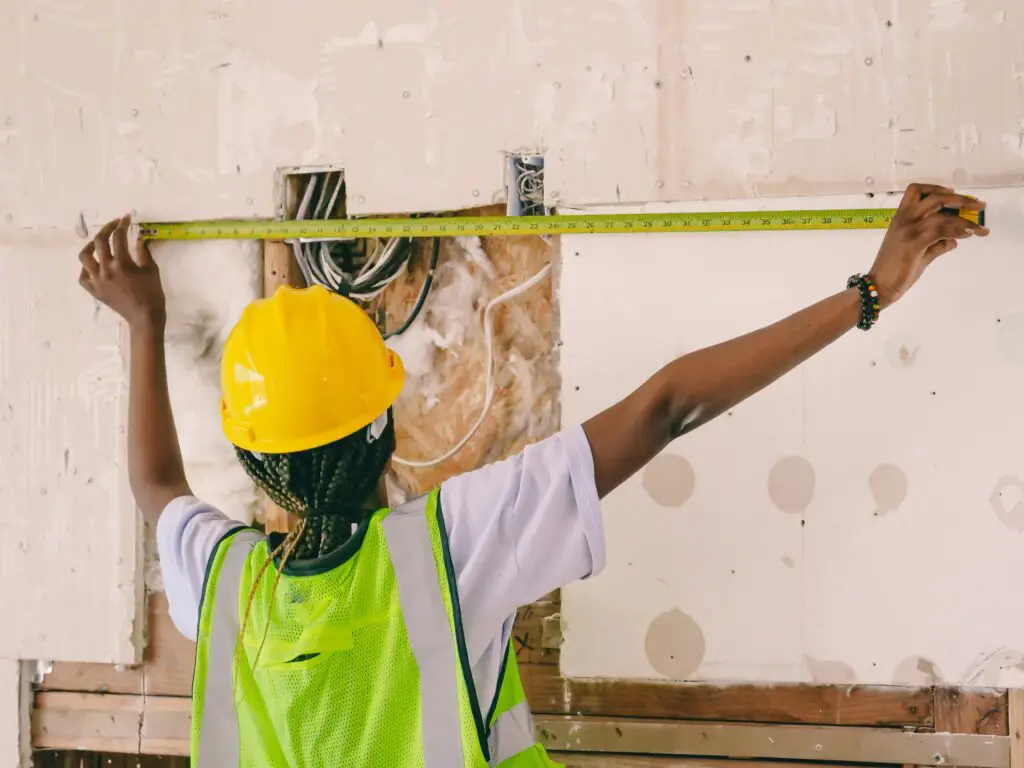
When drywall is installed too quickly or without proper preparation, it can lead to a variety of long-term problems. Builders may rush this step by failing to allow enough drying time between coats of joint compound, leading to weak seams and premature cracking. According to The Gypsum Association, improperly installed drywall can also cause bubbling, warping, and even structural weaknesses over time. These issues often become apparent after the home has settled, forcing homeowners to repair or replace entire walls.
Another common shortcut is skipping crucial steps like using the right type of drywall in moisture-prone areas, such as bathrooms and kitchens. Regular drywall absorbs moisture, which can lead to mold growth, water damage, and compromised wall integrity. Fixing these issues may require removing and reinstalling drywall, sealing joints correctly, and ensuring that moisture-resistant materials are used where necessary.
10. Incorrectly Installed Windows and Doors
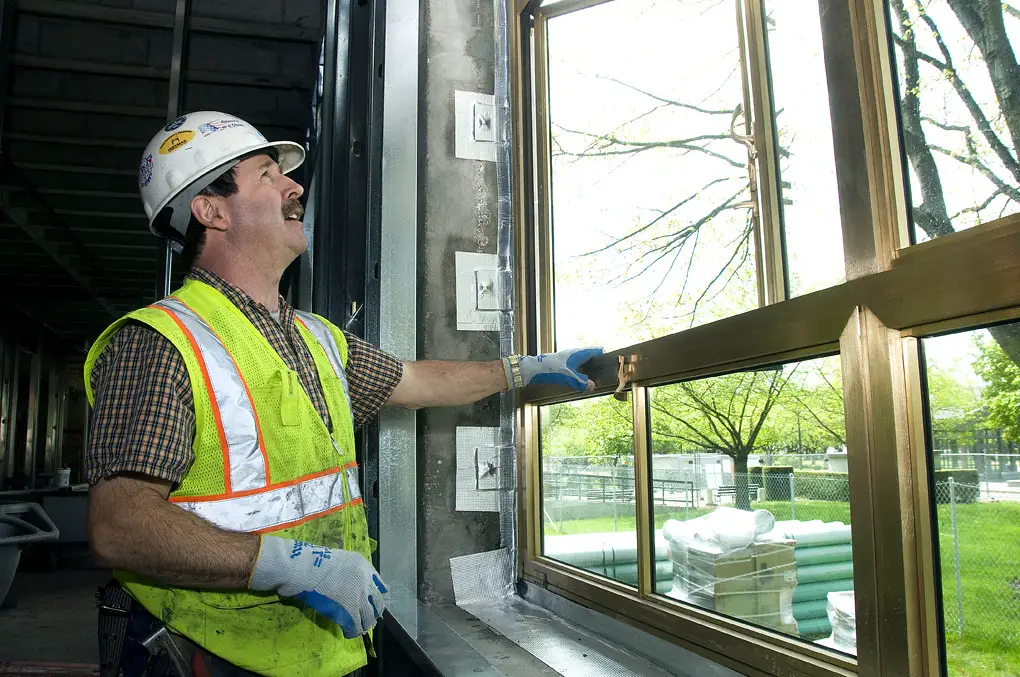
Improperly installed windows and doors can cause air leaks, water infiltration, and even structural damage. Some builders rush through installation without properly sealing gaps or ensuring frames are level. According to The National Fenestration Rating Council, poorly installed windows and doors can significantly reduce a home’s energy efficiency, leading to higher heating and cooling costs. Over time, these gaps can also allow pests and moisture to enter the home, causing further deterioration.
Homeowners may notice drafts, condensation between window panes, or difficulty opening and closing doors—all signs of improper installation. Water leaks around window and door frames can lead to wood rot, mold growth, and even foundation issues if left unaddressed. Fixing these problems may require resealing or completely reinstalling windows and doors, which can be a costly and labor-intensive process.
11. Skimping on Waterproofing

Waterproofing is a critical step in home construction, yet some builders neglect it to save money. Failing to properly waterproof basements, roofs, and exterior walls can lead to extensive water damage, mold growth, and compromised structural integrity. According to The Basement Health Association, inadequate waterproofing is a leading cause of foundation deterioration, with water infiltration causing cracks and shifting over time.
Without proper waterproofing, homeowners may face issues like flooded basements, peeling paint, and warped flooring. In extreme cases, unchecked moisture can even lead to toxic mold infestations, which pose serious health risks. Fixing water damage often requires extensive repairs, including installing sump pumps, sealing foundations, and replacing damaged materials—all of which come with a hefty price tag.
12. Ignoring Expansion Gaps in Flooring
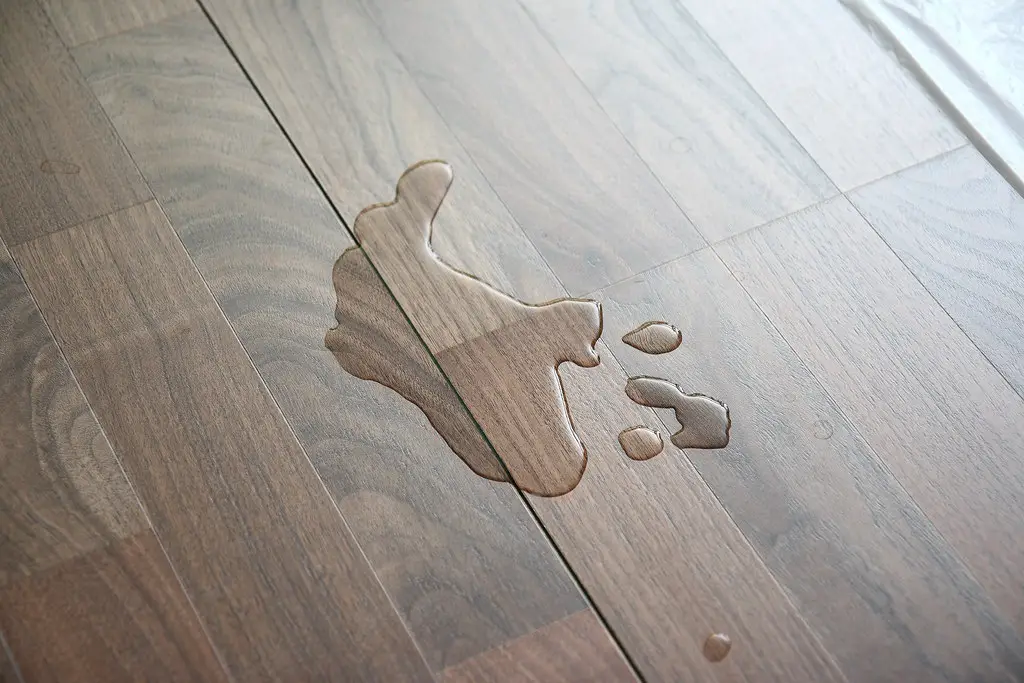
Flooring installation may seem straightforward, but skipping essential steps—like leaving expansion gaps—can lead to major problems. Materials such as hardwood, laminate, and even tile expand and contract with temperature and humidity changes. If there’s no space for this natural movement, floors can buckle, warp, or develop unsightly gaps. According to The National Wood Flooring Association, improper installation without adequate expansion gaps is one of the most common causes of floor failure.
Homeowners might start to notice cracking tiles, separating floorboards, or a wavy appearance in their flooring. Fixing these issues usually requires removing and reinstalling the affected areas, which can be both time-consuming and expensive. Proper flooring installation from the start—including accounting for expansion and using the correct underlayment—can help prevent costly repairs in the future.
